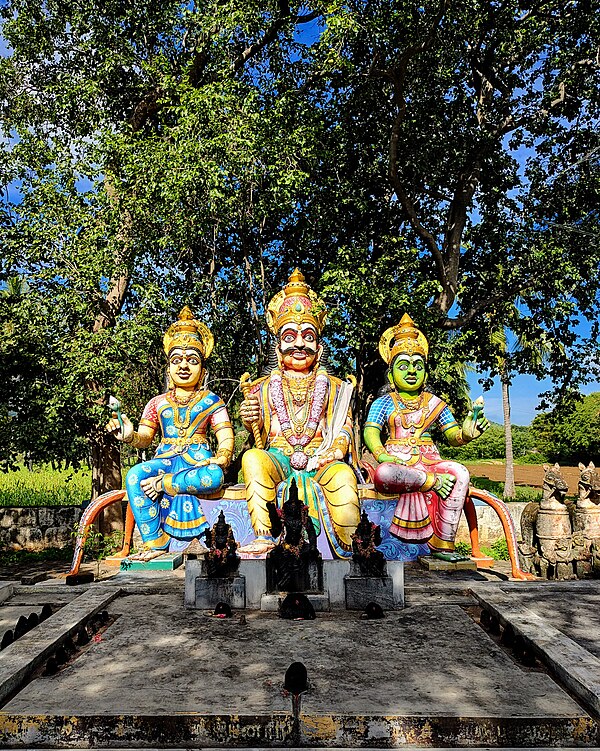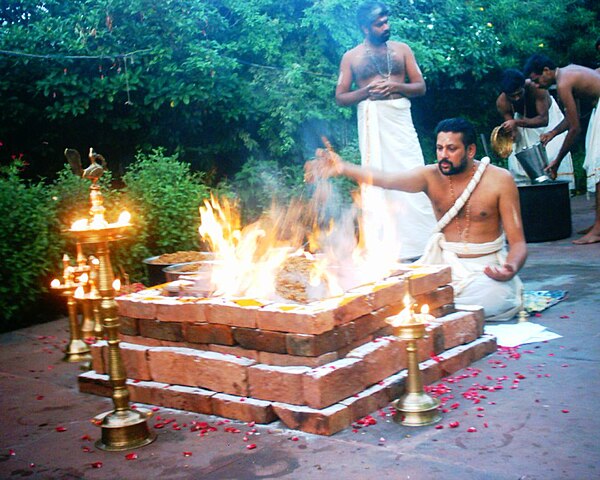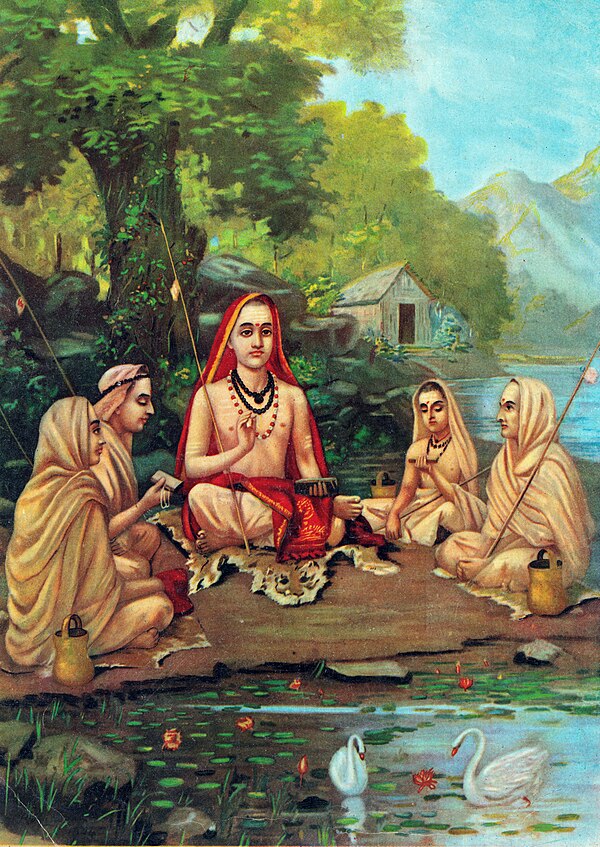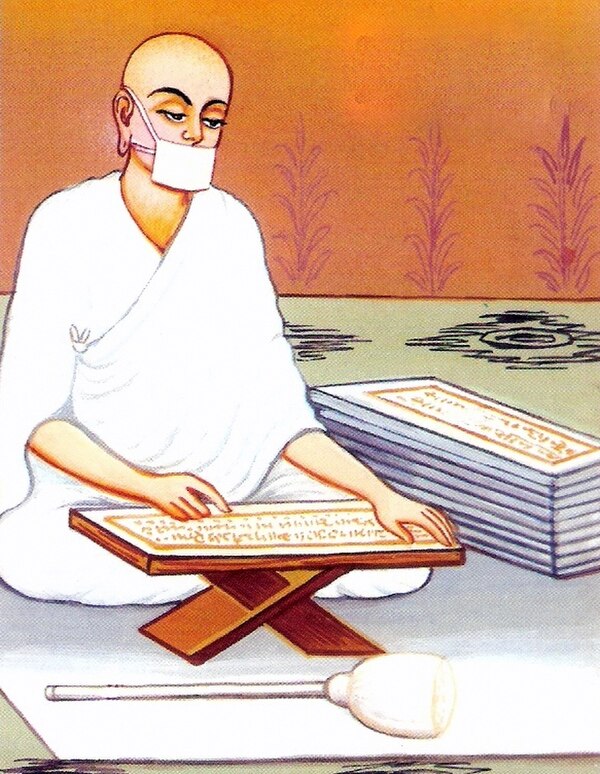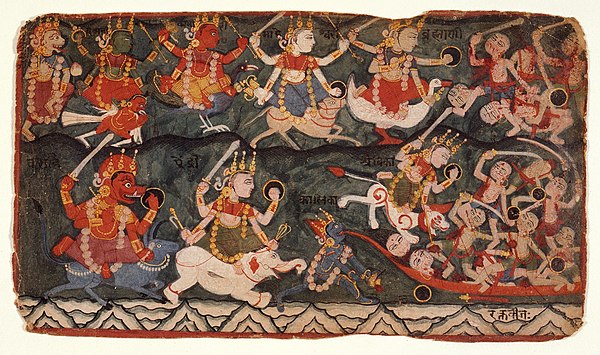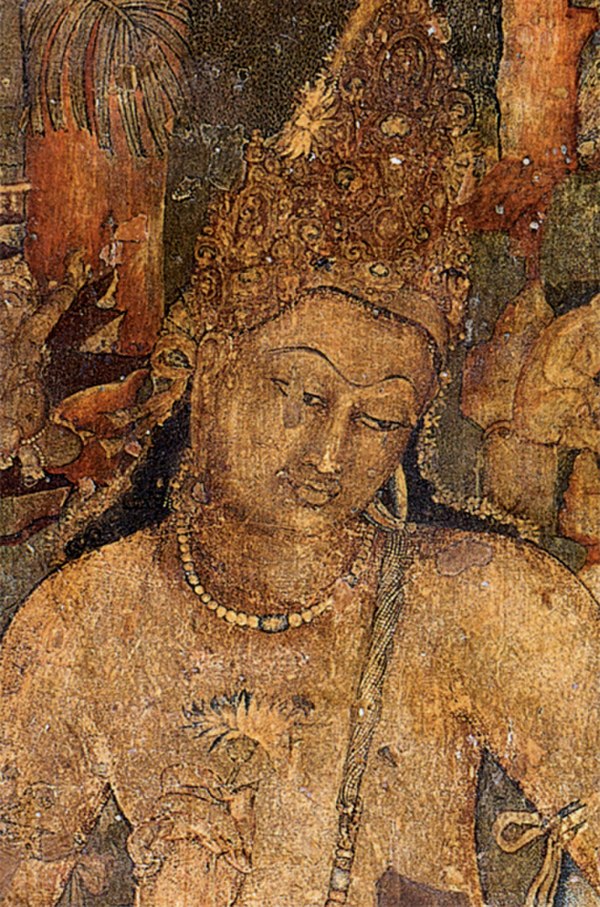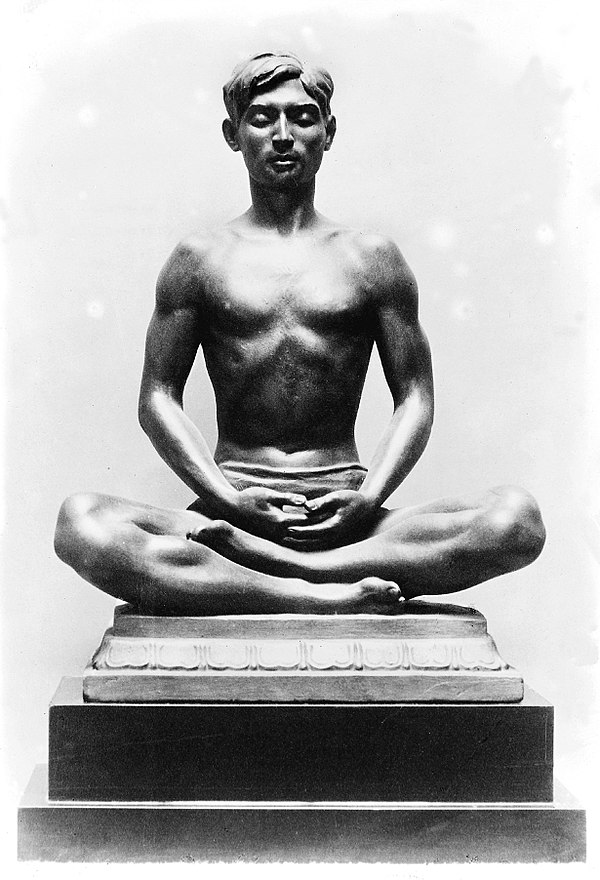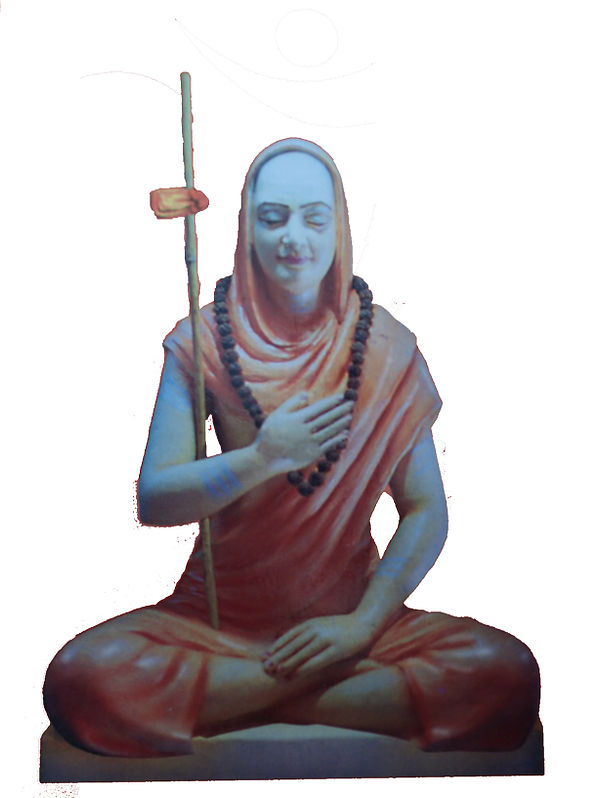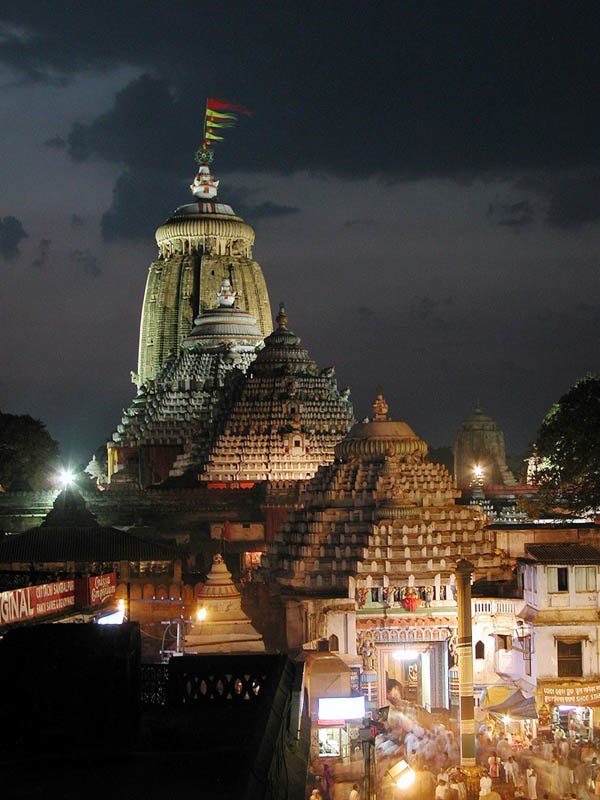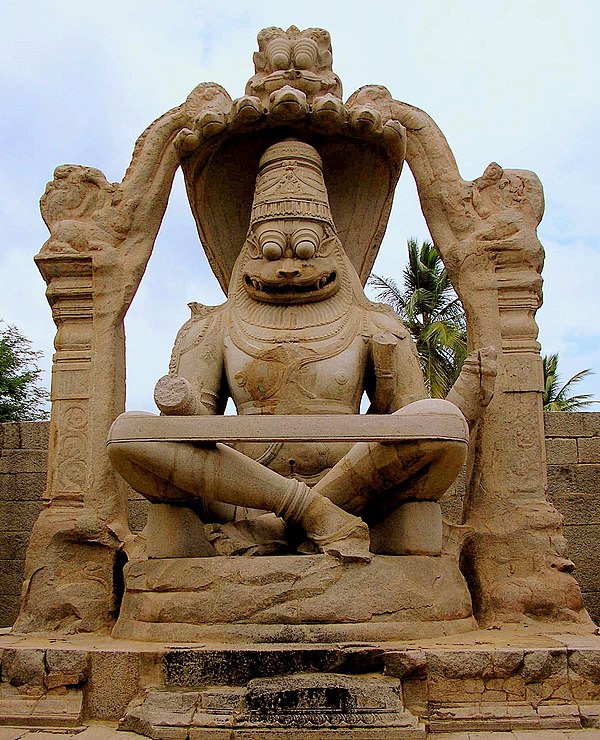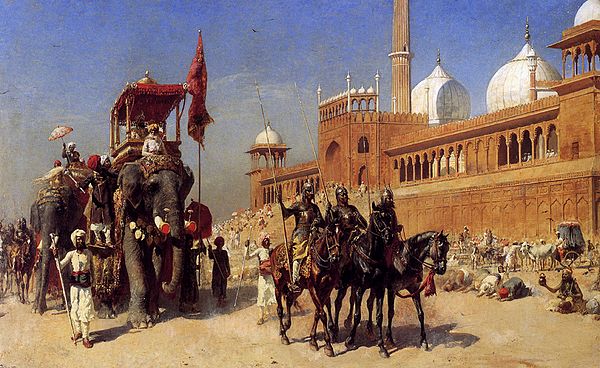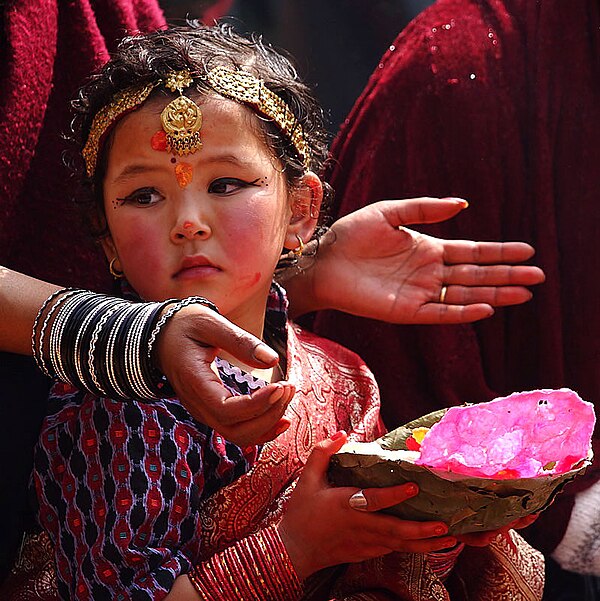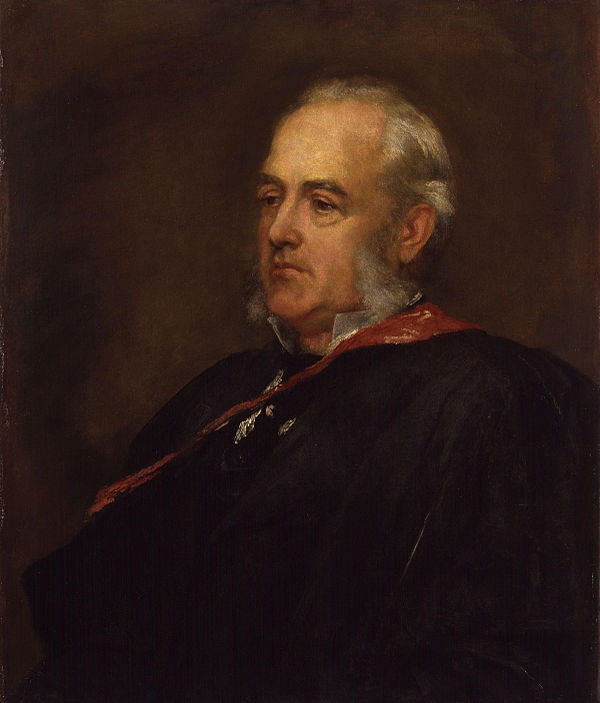
History of Hinduism
The history of Hinduism covers a wide variety of related religious traditions native to the Indian subcontinent. Its history overlaps or coincides with the development of religion in the Indian subcontinent since the Iron Age, with some of its traditions tracing back to prehistoric religions such as those of the Bronze Age Indus Valley civilisation. It has thus been called the "oldest religion" in the world. Scholars regard Hinduism as a synthesis of various Indian cultures and traditions, with diverse roots and no single founder. This Hindu synthesis emerged after the Vedic period, between ca. 500–200 BCE and ca. 300 CE, in the period of the Second Urbanisation and the early classical period of Hinduism, when the Epics and the first Purānas were composed. It flourished in the medieval period, with the decline of Buddhism in India.
The history of Hinduism is often divided into periods of development. The first period is the pre-Vedic period, which includes the Indus Valley Civilization and local pre-historic religions, ending at about 1750 BCE. This period was followed in northern India by the Vedic period, which saw the introduction of the historical Vedic religion with the Indo-Aryan migrations, starting somewhere between 1900 BCE and 1400 BCE. The subsequent period, between 800 BCE and 200 BCE, is "a turning point between the Vedic religion and Hindu religions", and a formative period for Hinduism, Jainism and Buddhism. The Epic and Early Puranic period, from c. 200 BCE to 500 CE, saw the classical "Golden Age" of Hinduism (c. 320-650 CE), which coincides with the Gupta Empire. In this period the six branches of Hindu philosophy evolved, namely Samkhya, Yoga, Nyaya, Vaisheshika, Mīmāṃsā, and Vedānta. Monotheistic sects like Shaivism and Vaishnavism developed during this same period through the Bhakti movement. The period from roughly 650 to 1100 CE forms the late Classical period or early Middle Ages, in which classical Puranic Hinduism is established, and Adi Shankara's influential consolidation of Advaita Vedanta.
Hinduism under both Hindu and Islamic rulers from c. 1200 to 1750 CE, saw the increasing prominence of the Bhakti movement, which remains influential today. The colonial period saw the emergence of various Hindu reform movements partly inspired by western movements, such as Unitarianism and Theosophy. The Partition of India in 1947 was along religious lines, with the Republic of India emerging with a Hindu majority. During the 20th century, due to the Indian diaspora, Hindu minorities have formed in all continents, with the largest communities in absolute numbers in the United States and the United Kingdom.


